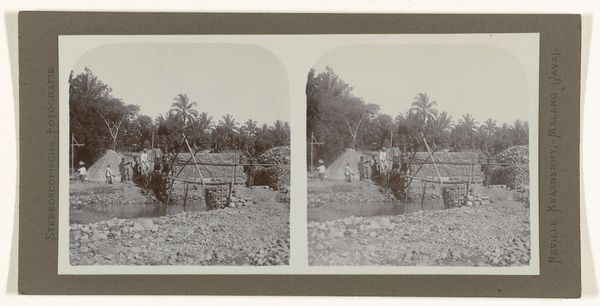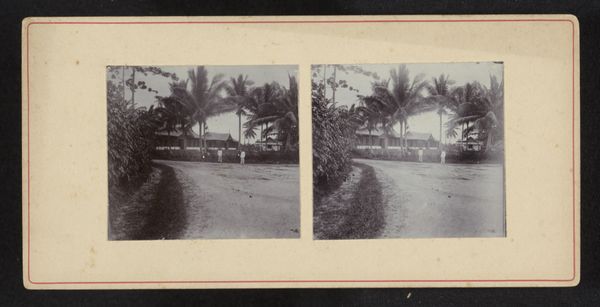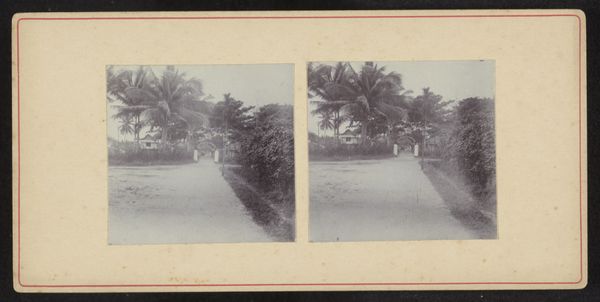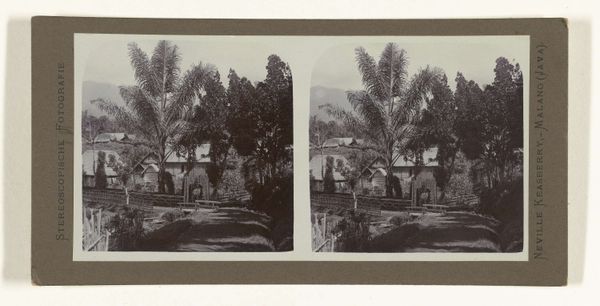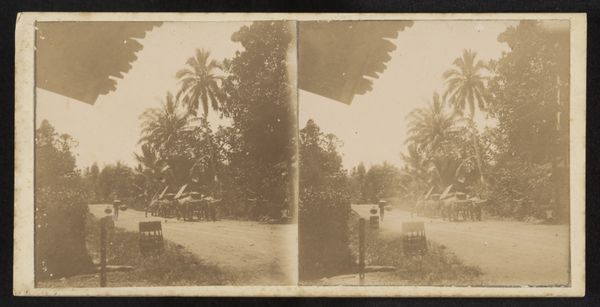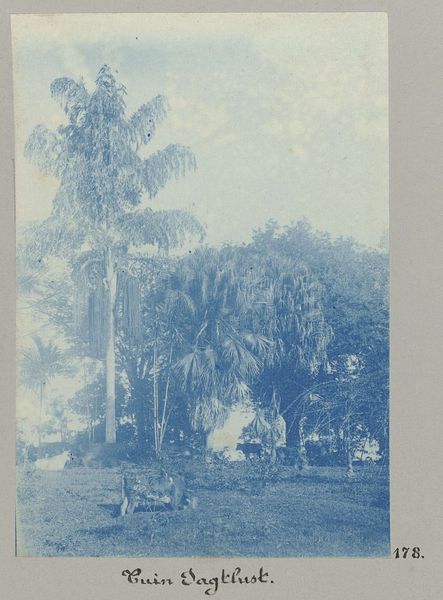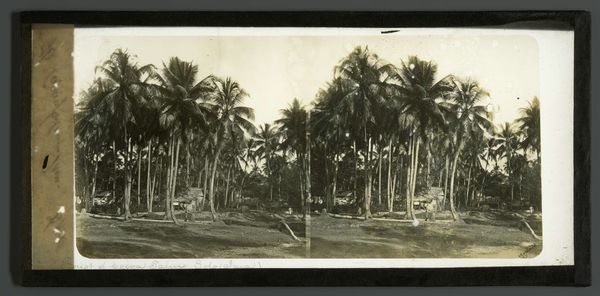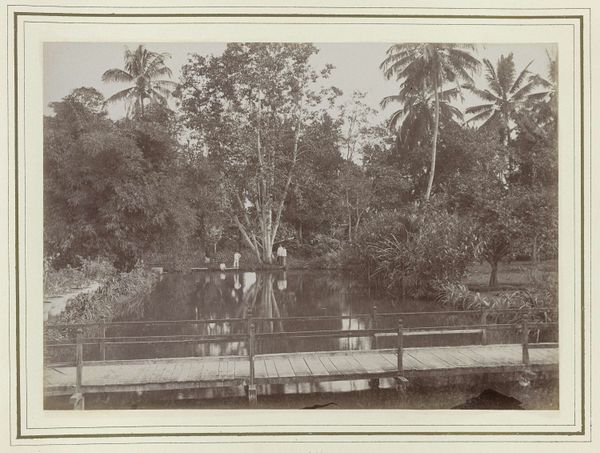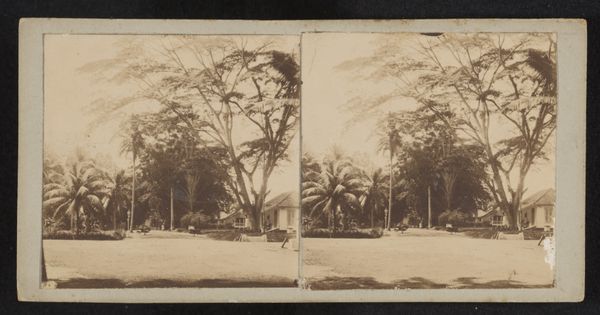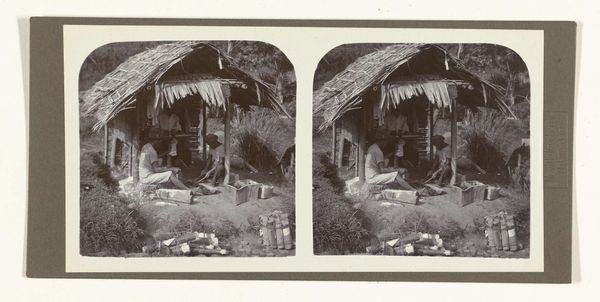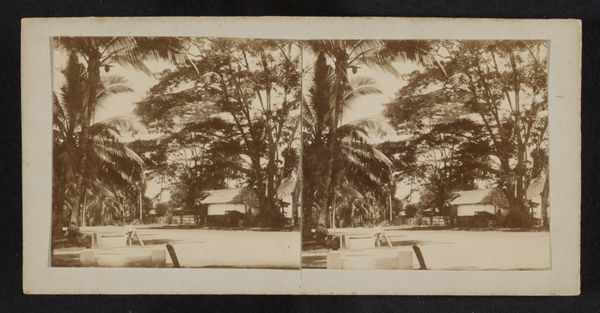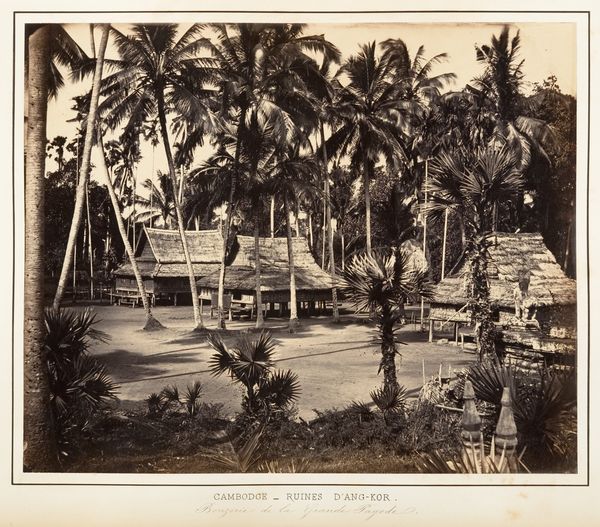
Geoogste rijsthalmen liggen op hoopjes in de buitenlucht te drogen 1911 - 1935
0:00
0:00
photography
#
still-life-photography
#
asian-art
#
landscape
#
photography
Dimensions: height 76 mm, width 152 mm
Copyright: Rijks Museum: Open Domain
Editor: Here we have a black and white photograph from between 1911 and 1935, titled "Geoogste rijsthalmen liggen op hoopjes in de buitenlucht te drogen," or "Harvested rice stalks lie in heaps to dry in the open air," by Neville Keasberry. There’s a serenity to this image, a timeless quality… the way the light captures the texture of the haystacks is wonderful. What stands out to you in this photograph? Curator: Well, first, let's consider the materials. It’s a photograph, which by its very nature documents a real, physical place and moment. But consider the *subject* - harvested rice. What does rice signify, both materially and culturally, in Java? This isn't just an aesthetic arrangement; it represents sustenance, labour, a specific economic system tied to agriculture. Editor: So, you're saying it's less about the beauty of the landscape, and more about what it represents? Curator: Precisely. Look at the composition. The neat stacks of drying rice. It reveals human intervention, labour applied to transform a natural resource. What kind of technology was used to harvest the rice? Where was it processed? And ultimately, who benefitted from the sale or trade of this commodity? These questions can help us understand the material conditions and the social hierarchies present in Javanese society at the time. Editor: It shifts my focus completely. I was looking at the "landscape" aspect. Curator: The aesthetic presentation can be deceiving. This is where examining the material reality behind the image provides critical insights, leading to a much more grounded understanding. Editor: It’s fascinating how looking at materials changes the way we understand the photograph and the time in which it was created! Curator: Exactly, by understanding the production, consumption, and labour involved we gained a different meaning than simply “rice drying.”
Comments
No comments
Be the first to comment and join the conversation on the ultimate creative platform.
